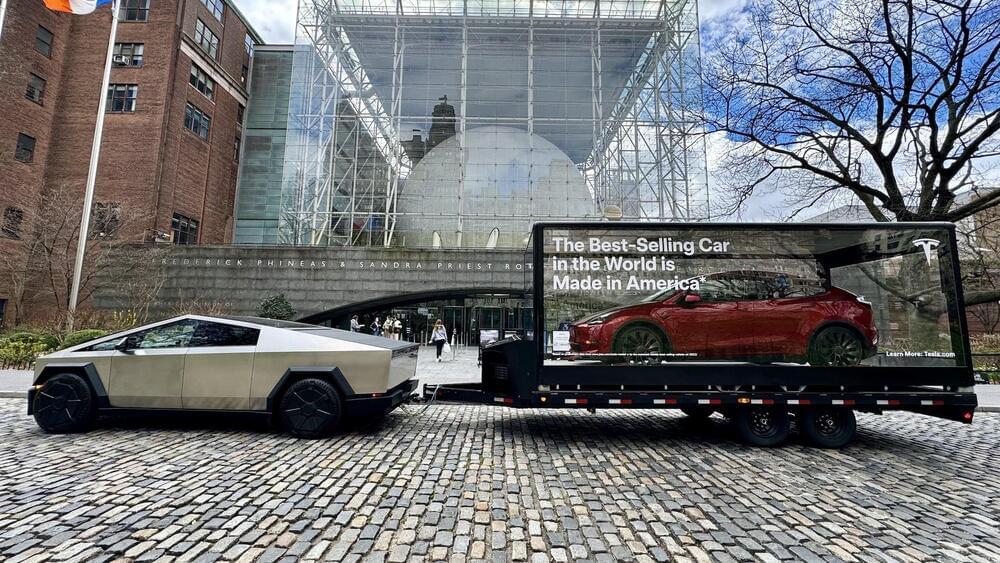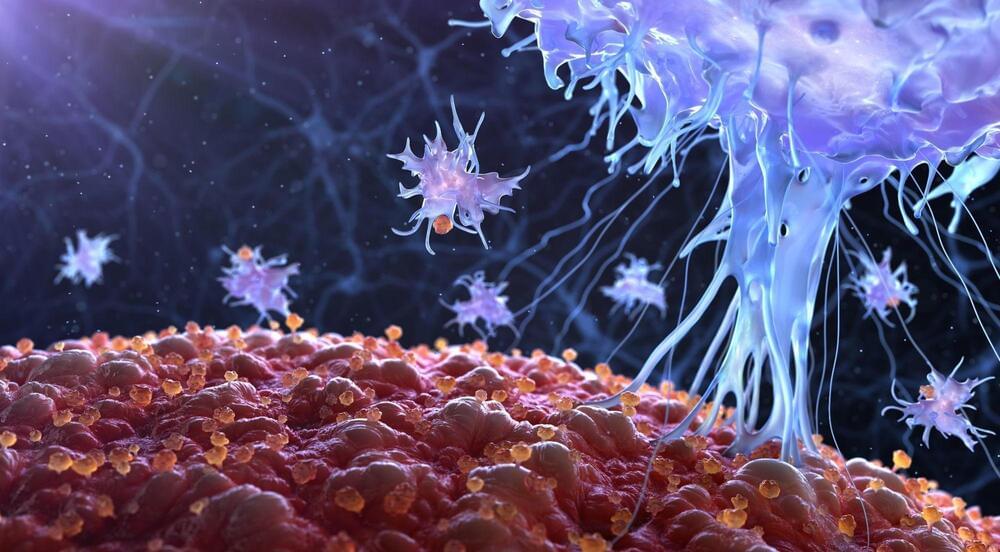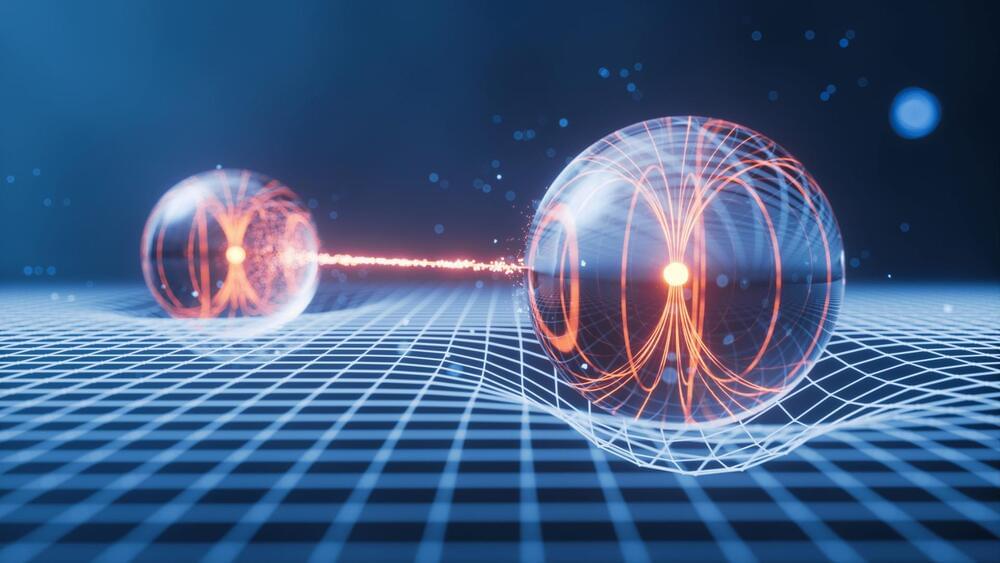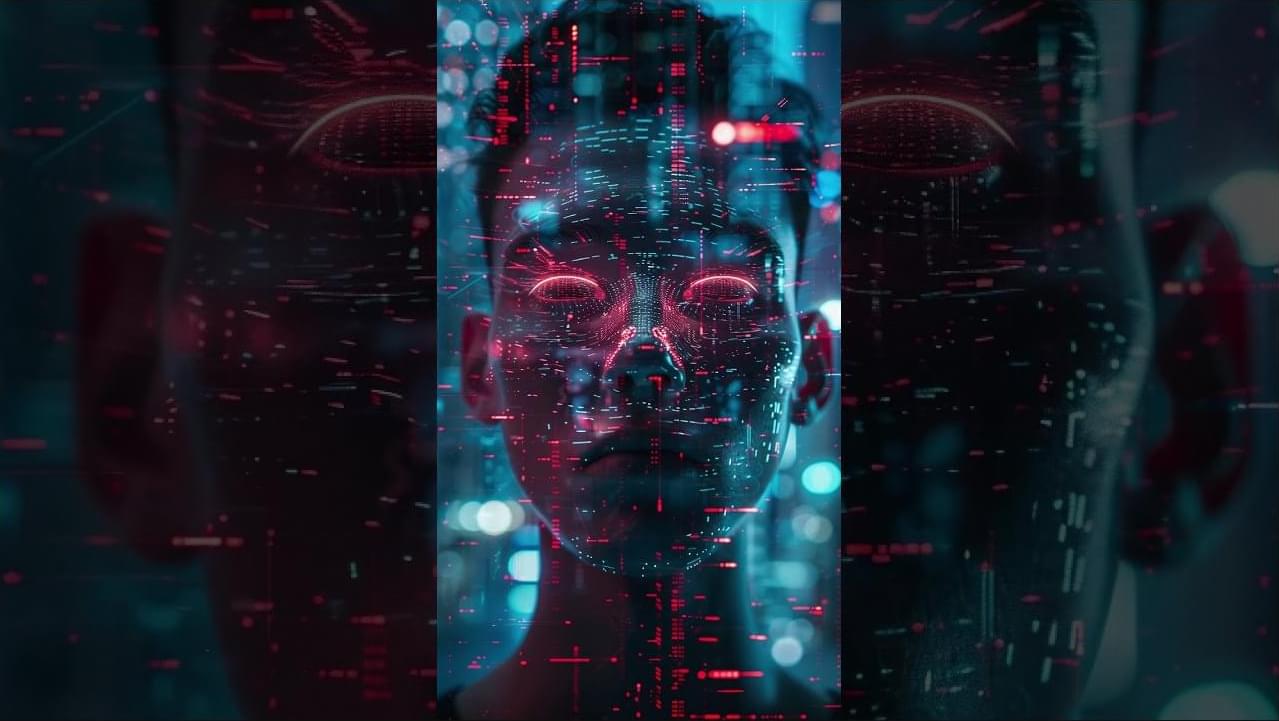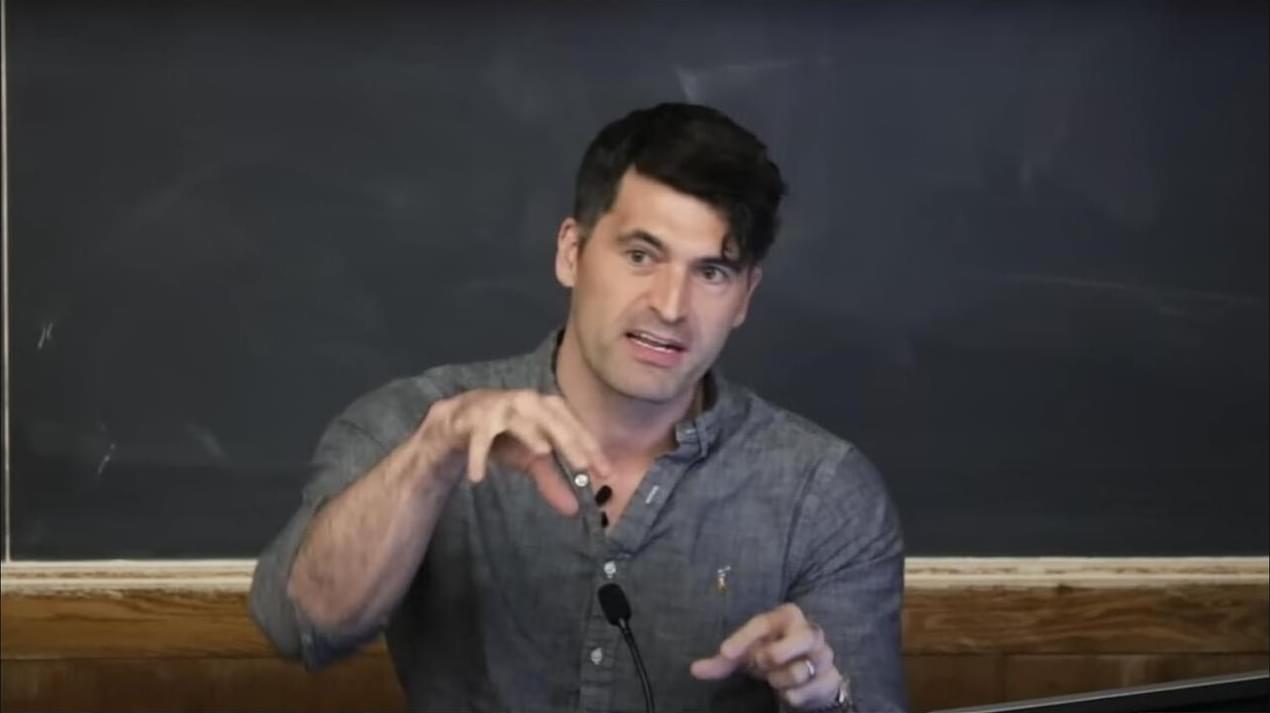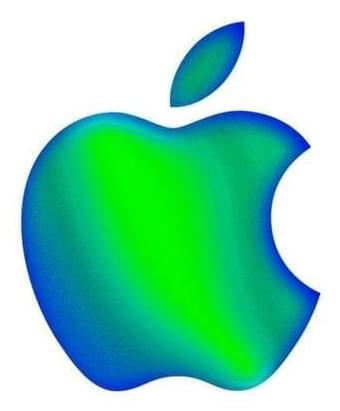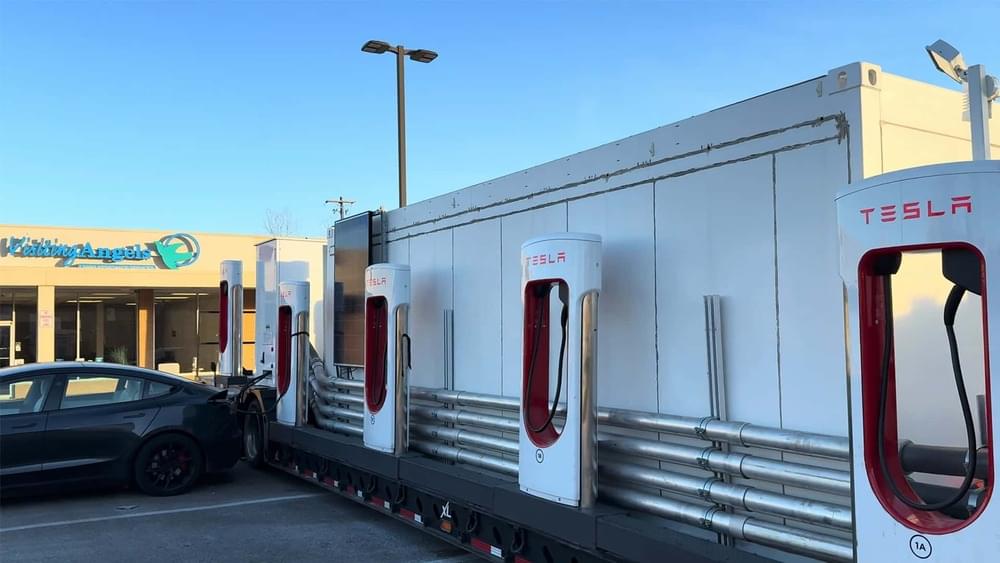Tesla is gearing up to launch a new feature for owners towing trailers that will improve energy consumption estimates.
At the end of a year when Texas employees were among those targeted by hackers, the state has awarded a multi-million-dollar contract to a company that works with entities to increase technological efficiency and offer cybersecurity protection. Science Applications International Corporation (SAIC) announced Dec. 18 that it was awarded a $170.9 million contract from the Texas Department of Information Resources (DIR) to provide cybersecurity services in protection of state networks.
SAIC, which is headquartered in Reston, Va., and has been providing security services to California, Colorado and Virginia for years, also has worked with the Air Force in deploying “a cloud-based command and control capability” to air defense sectors with the North American Aerospace Defense Command (NORAD), according to information technology news website StateScoop. It employs about 24,000 people.
A dietary supplement may offer a novel way to enhance the effectiveness of CAR T cell therapy, according to a study conducted by researchers at the Perelman School of Medicine and the Abramson Cancer Center at the University of Pennsylvania. Although this method requires validation through clinical trials, early findings—recently presented during a press briefing at the 66th American Society of Hematology (ASH) Annual Meeting and Exposition—suggest a potentially affordable and accessible strategy to improve CAR T cell functionality and cancer-fighting capabilities.
CAR T cell therapy, first developed at Penn Medicine, is a personalized cancer treatment that reprograms a patient’s immune cells to target and destroy cancer cells.
“Thousands of patients with blood cancers have been successfully treated with CAR T cell therapy, but it still doesn’t work for everyone,” said co-lead author Shan Liu, PhD, a postdoctoral fellow who presented the study at ASH. “We took an outside-the-box approach to improve CAR T cell therapy, by targeting T cells through diet rather than further genetic engineering.”
The geometry or shape of a quantum system is mathematically expressed by a tool called the quantum geometric tensor (QGT). It also explains how a quantum system’s state changes when we tweak certain parameters such as magnetic field or temperature.
For the first time, researchers at MIT have successfully measured the QGT of electrons in solid materials. Scientists have been well aware of the methods to calculate the energy and motion of electrons, but understanding their quantum shape was only possible in theory until now.
Exploring posthumanism and transhumanism: the future of human evolution.
Discover the fascinating realms of posthumanism and transhumanism! 🧠✨ How will future technologies redefine humanity? Join us as we explore the ethical implications, potential benefits, and groundbreaking advancements that could lead to a world where humans transcend their biological limitations. Will we embrace a future where mind and machine merge? Find out in this enlightening journey into the future of human evolution! 🌟
#Posthumanism #Transhumanism #FutureTech
Apple, the first publicly held US firm to hit 1 trillion, 2 trillion, and 3 trillion dollars in valuation is closing in on 4 trillion dollars.
Scientists discover vast underground hydrogen reserves that could power Earth for centuries, potentially revolutionizing clean energy production.
Charging an electric vehicle can be daunting sometimes, but Tesla, the biggest player in the game, has long figured it out. Thanks to its extensive Supercharger network of DC fast chargers that are tightly integrated with the cars’ software, it’s extremely easy to plan a route in a Tesla EV.
The infotainment system shows the driver exactly how many charging stops are needed, how much juice will be in the battery when arriving at a charging stop and how much energy will be added during the charging stop. It’s all seamless, and it’s one of the biggest reasons why people buy Teslas to begin with.
However, during the holidays, even Tesla owners might have to wait a little longer during charging stops simply because all the stalls are already in use when arriving at a Supercharger. More people are traveling, so more EV owners are out there charging their cars. However, Tesla seems to have a solution for this, as well.
